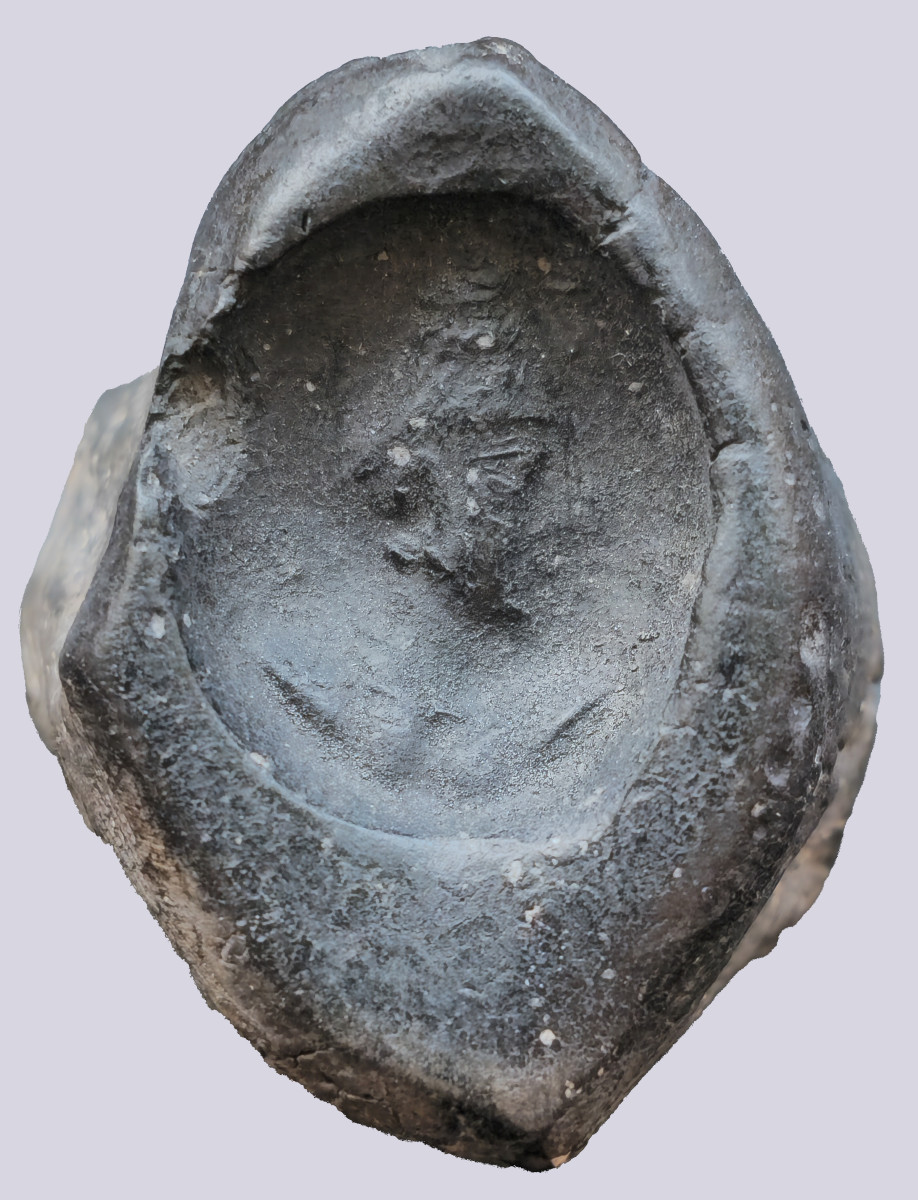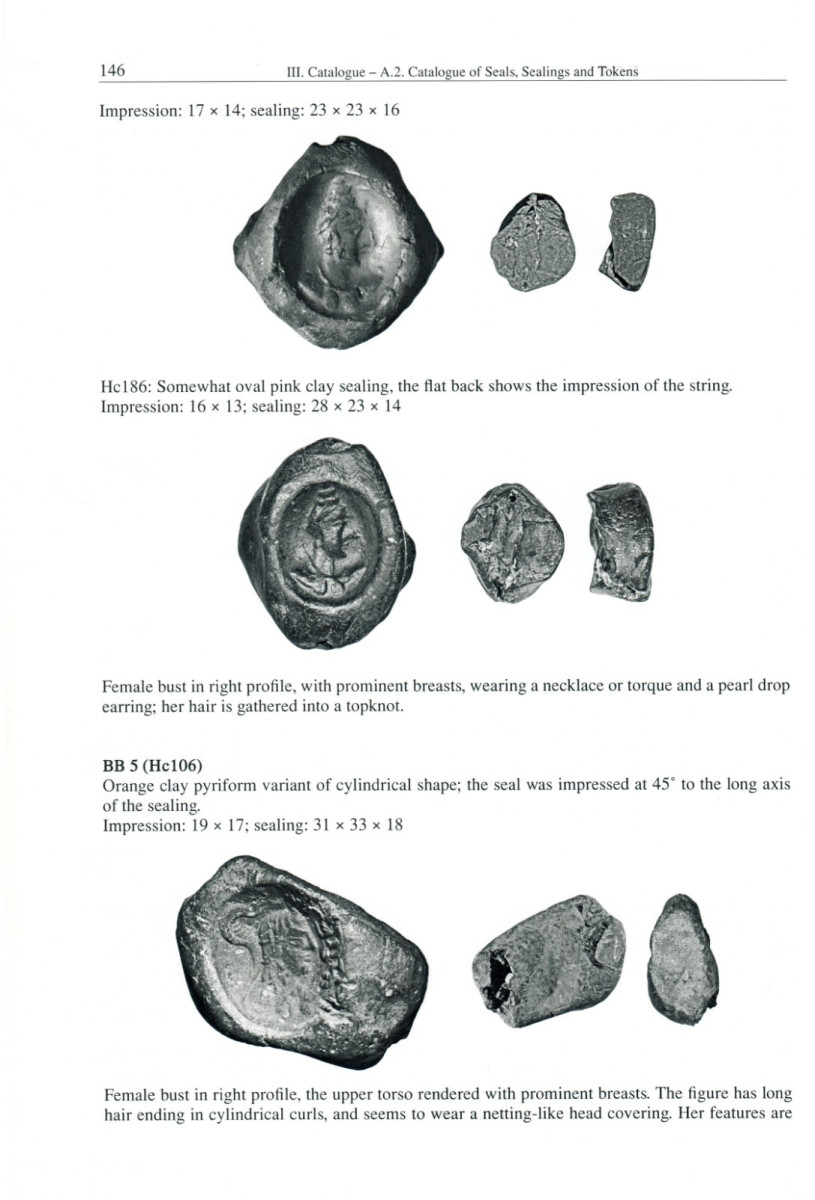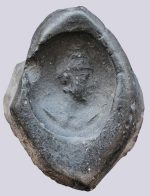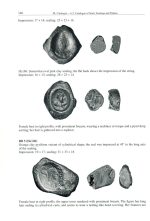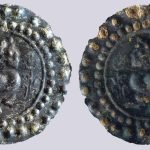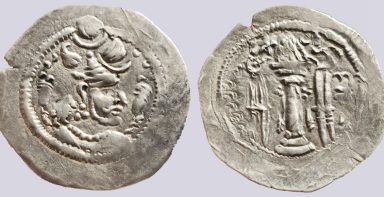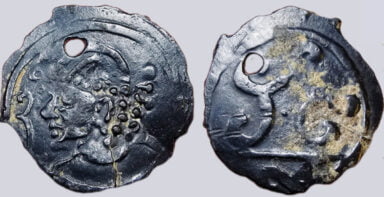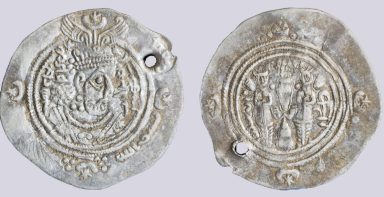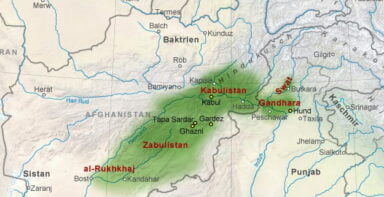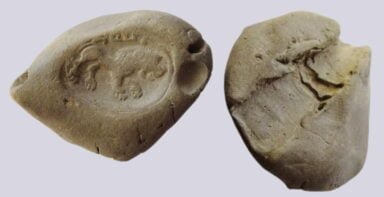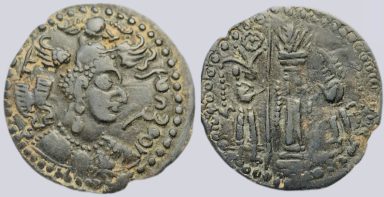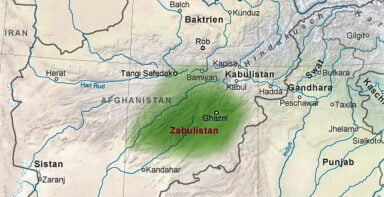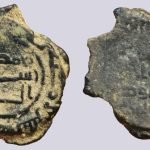
Abbasid Revolution, AE fals, anonymous, Balkh, 130AH
$165 Original price was: $165.$145Current price is: $145.
Hunnic Clay Sealing. Alkhan / Alchon Huns. 5th cent. AD
$499
In stock
0
People watching this product now!
SKU:
3723
Category: Clay Sealings
Tags: 5th century, Alchon Huns, Alkhon Huns, antiquities, archaeological find, bactria, Central Asian artifact, clay bulla, clay sealing, early medieval artifact, Hephthalites, Hunnic clay sealing, hunnic tribes, numismatics, rare ancient artifact, Silk Road artifact, Tokharistan, white huns
Description
The Hephthalites (also known as the White Huns) were a powerful group of Iranian Huns who ruled over Central Asia, Afghanistan, northern India, and parts of Iran during the 5th–6th centuries AD. They played a crucial role in the decline of the Sasanian Empire and the fragmentation of the Gupta Empire in India
Hephthalite Clay Sealing (5th century AD)
- Material and dimensions: Clay. 11.55 g, 20 x 30 mm
- Function: Likely used to seal official documents, goods, or correspondence in trade and administration
- Iconography: Seal impression of a female ruler with elongated deformed skull
Significance
- Reflects the bureaucratic and economic structures of the Hephthalite state
- Indicates cultural interactions between the Iranian Huns, Indian, Sogdian, and Persian civilizations
- Similar artifacts have been found in Afghanistan, Uzbekistan, and northern India, showing their vast network
Extremely RARE
Reference:
Z-338932 (this item)
Featured in “Seals, Sealings and Tokens from Bactria to Gandhara (4th to 8th century CE)” by Judith Lerner & Nicholas Sims-Williams, page 146
♦Please, note that our prices are ALL-INCLUSIVE. No additional fees (such as Buyer’s Premium, PayPal commission, etc.) are applicable♦
Related products
Central Asia, Silk Road, AE bracteate of Hunnic style
$499
Hunnic Tribes, AR drachm, Hephthalite imitation
$145
Hunnic Tribes, AE unit, Northern Tokharestan. 7th cent. AD
$225
Hunnic Tribes, AE unit, Kidarite Influence
$99
Hunnic Tribes, countermarked Arab-Sasanian AR drachm
$125
Iranian Huns. Clay sealing with Brahmi inscription
$299
Western Turks, AE drachm, Nezak Malka, Zabulistan
$199


